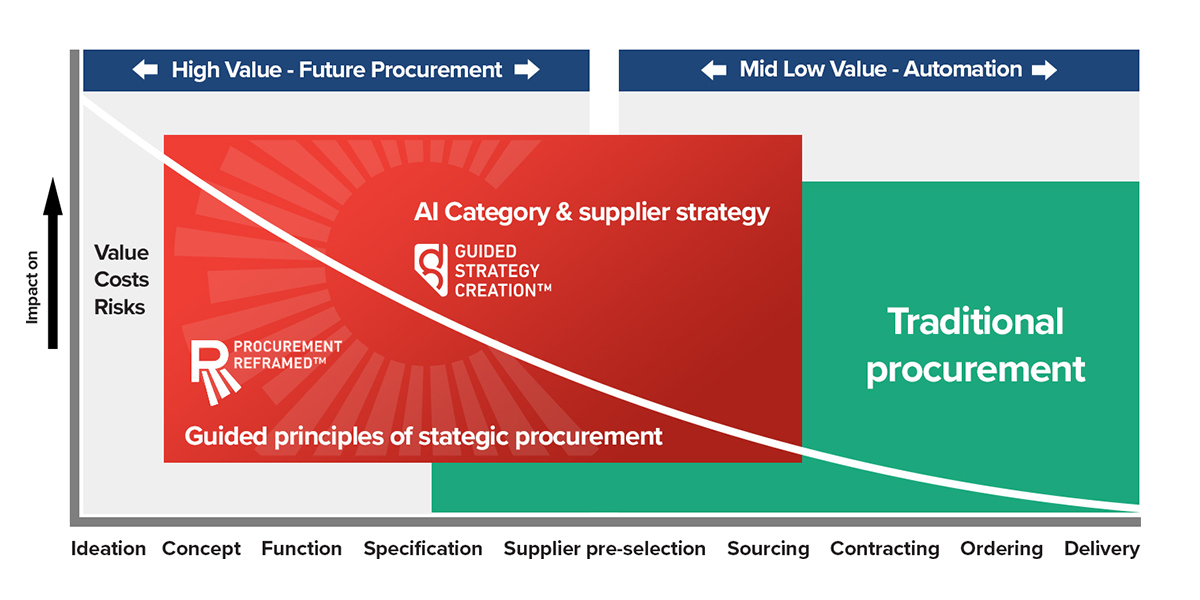Some procurement organizations tell us they are “not ready or mature” for category management or strategy. Why? Because consistent development and implementation of a category strategy are usually missing, and the three main reasons are:
1) There are other priorities on the development road map e.g. SRM, S2P, Contract Management, etc.
2) Spend data is seen as fragmented, insufficiently classified, and in poor quality
3) Lack of strategic competencies and resources
So let me address these points:
1) No doubt there are efficiency gains through technology. However, soon everyone will have the same infrastructure. There is limited value-add through tactics and operations, as these activities will be gradually automatized.
Value is created through identifying the right business requirements and challenges, mobilizing stakeholders, and translating insights into actions. Operational/tactical excellence is just a prerequisite to delivering value. Many are missing that big picture.
2) We noticed that category strategies perfectly drive the effort of structuring and improving data quality. You cannot fix procurement data without understanding business needs and category strategies.
3) If your team is not capable of mobilizing the right stakeholders, understanding the business needs, and translating them into the right set of actions, then it has no reason to exist.
Asking 10.000+ category managers about what they are expected to deliver, the vast majority will tell you “cost reductions”. Yet, when you talk to their procurement stakeholders you barely hear that request.
For decades we failed to meet greater expectations of becoming a business partner. Most organizations have continued to automate operations and tactics only. Please review your purpose and targets.
Over the last two years, we’ve seen an increasing acknowledgment and interest in category strategy mainly from large corporations. We hope SMEs do not fall behind.





